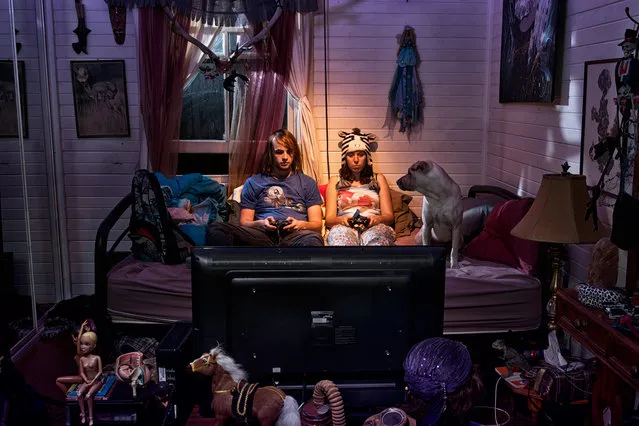
In his series of untitled photographs Nobody Claps Anymore, the Mexican-American photographer Alec Dawson portrays ordinary people in their homes in a downbeat, ultra-stylised manner. Staring into space as they watch TV or water the garden, the real-life subjects of photographer hint at vast reserves of boredom and regret. (Photo by Alec Dawson)
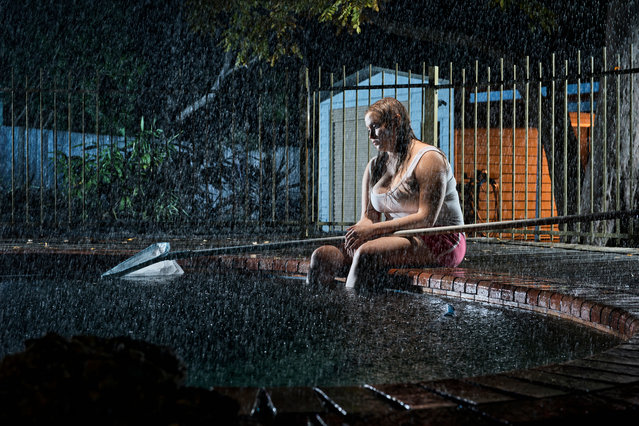
Each of them appears caught in contemplation or ennui as everyday life goes on around them. (Photo by Alec Dawson)
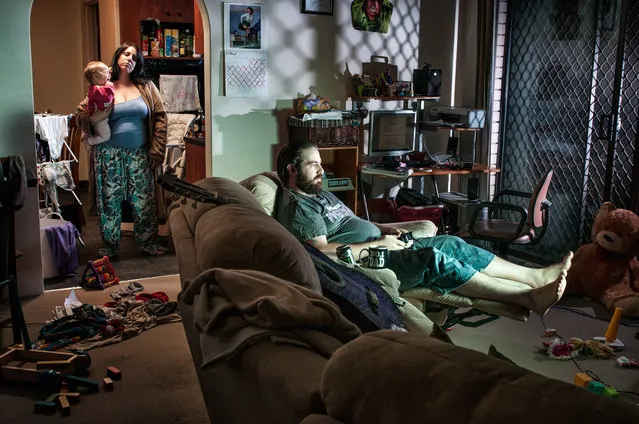
Dawson, who works as a civil engineer and has no formal training in photography, keeps the houses of his subjects largely unchanged, but brings in cinematic lighting to throw sharp shadows and dramatic highlights on them. (Photo by Alec Dawson)
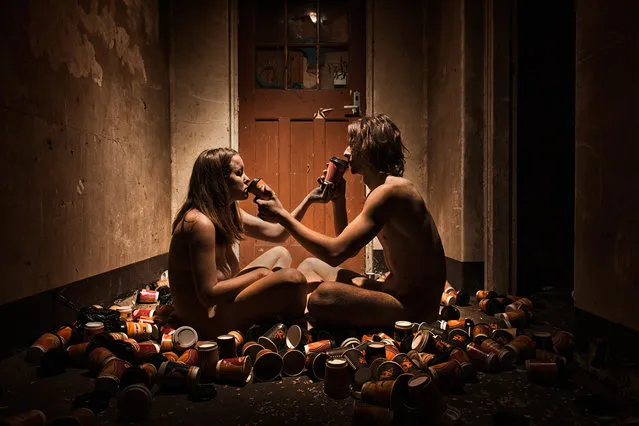
“I appropriate the real life settings where people live”, Dawson has said. “What I do is establish the composition, lighting, mood, and suggested narrative”. (Photo by Alec Dawson)
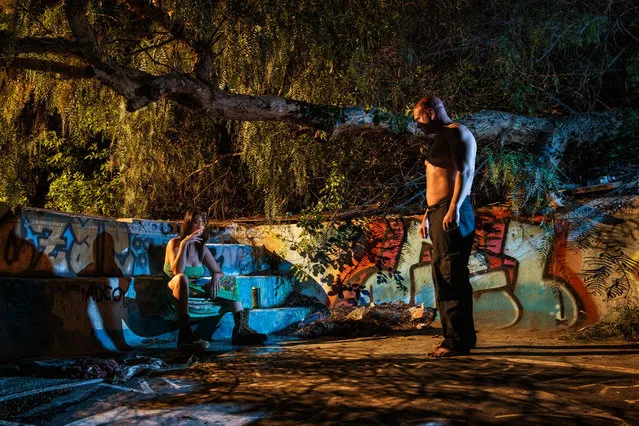
He says that the similarly styled and lit photos of Gregory Crewdson were an influence, but where Crewdson created film sets and hired actors, Dawson uses less artifice. “I don’t build those “sets” from scratch. Most of them are largely authentic”, he says. (Photo by Alec Dawson)
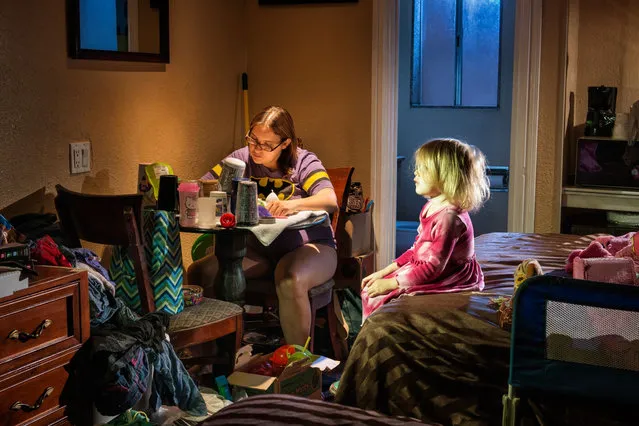
In a short essay on his website, Dawson describes the series. “My photographic works are about internal emotional dramas which often reveal themselves in quiet solitary moments in people’s homes”. (Photo by Alec Dawson)
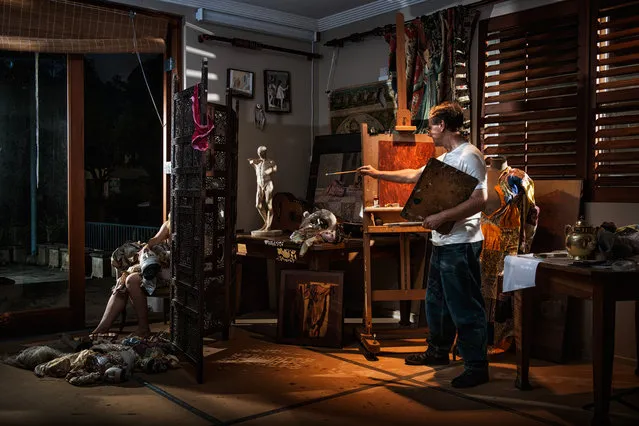
“The series’ title, Nobody Claps Anymore, was inspired by an emotional realisation that I experienced when my plane landed in Melbourne. Hundreds of tons of metal, carrying hundreds of passengers, silently flared momentarily before the tires collided with the runway. The nose of the plane heaved forward. The reverse thrusters roared and rapidly decelerated the plane. As the plane turned off the runway onto the taxi-way the individual joints in the pavement were perceptible as the plane lumbered to the gate”. (Photo by Alec Dawson)
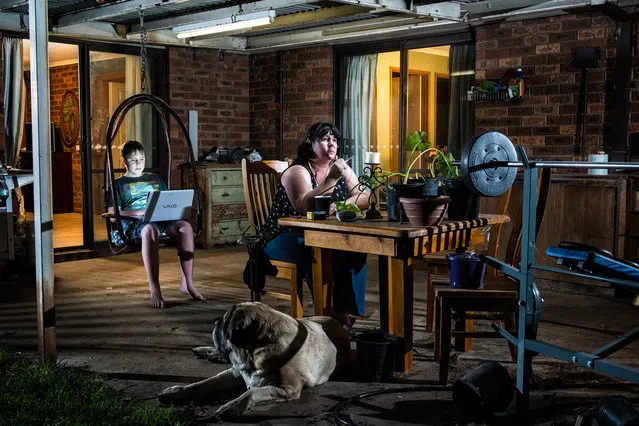
“Eventually the plane parked and I heard the sounds of belt buckles, zippers, and the rustling of bags. It all happened in silence. Not a word uttered. No applause. The audience had forgotten to clap”. (Photo by Alec Dawson)
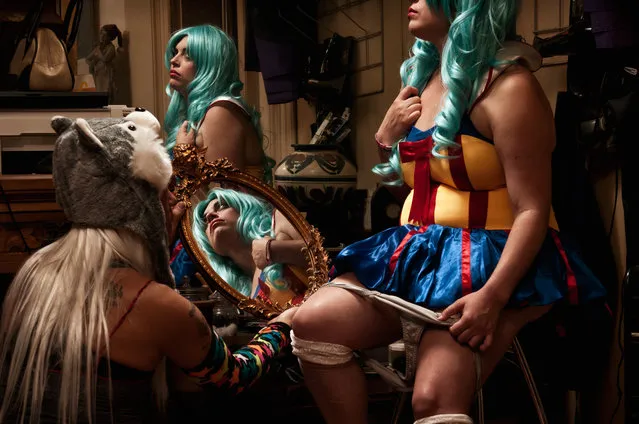
In another interview he describes the scenes: “I am picking up the things in their life that reflect my depression ... Nobody Claps Anymore is my response to my own emotional cancers: regret, isolation, anxiety, and depression. It is my de-facto art therapy”. (Photo by Alec Dawson)
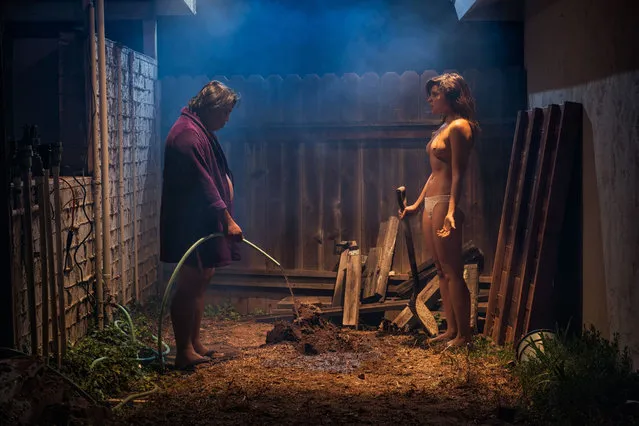
The photos can have a lasting effect on the people in them, who sometimes see something new in themselves. “Sometimes they feel confronted by what they are seeing because I am reflecting back to them their existence, and it can be a hard thing to look at”, Dawson says. “I’m not taking a glamour shot, or a shot influenced by a lot of advertising language. I’m trying to reflect a sad reality”. (Photo by Alec Dawson)
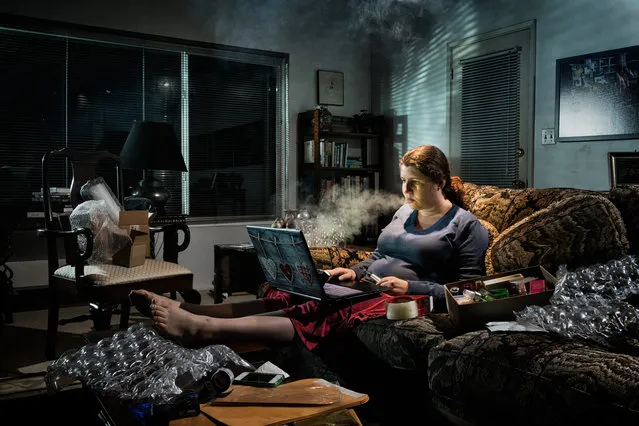
Other Dawson series include Nocturna, where naked subjects sit alone in outdoor locations. Made in 2014, it reflected his “fears of both literal and metaphorical homelessness” during a bout of depression: “I was left with the notion that I would not have a warm happy place or future and that I would be relegated to scavenging for survival”. (Photo by Alec Dawson)
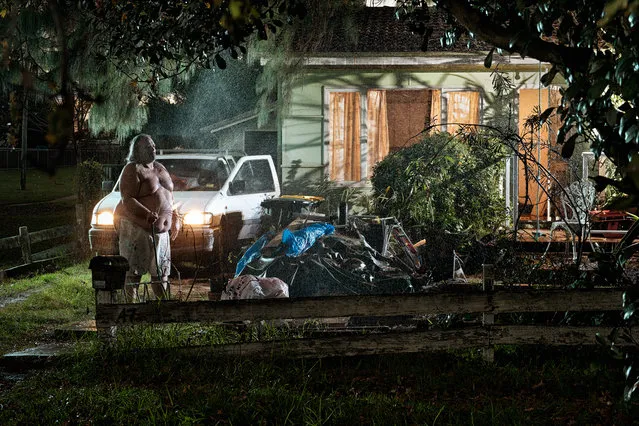
In Diplopia, meanwhile, he takes nude portraits and arranges them over one another in surreal and perception-altering juxtapositions. “It would involve using available sunlight, maybe an abandoned location, double exposures, gestalt, forced perspective, and a nude woman. We’d work all day until we were tired or bored”. (Photo by Alec Dawson)
26 Mar 2016 12:53:00,
post received
0 comments
